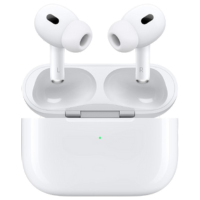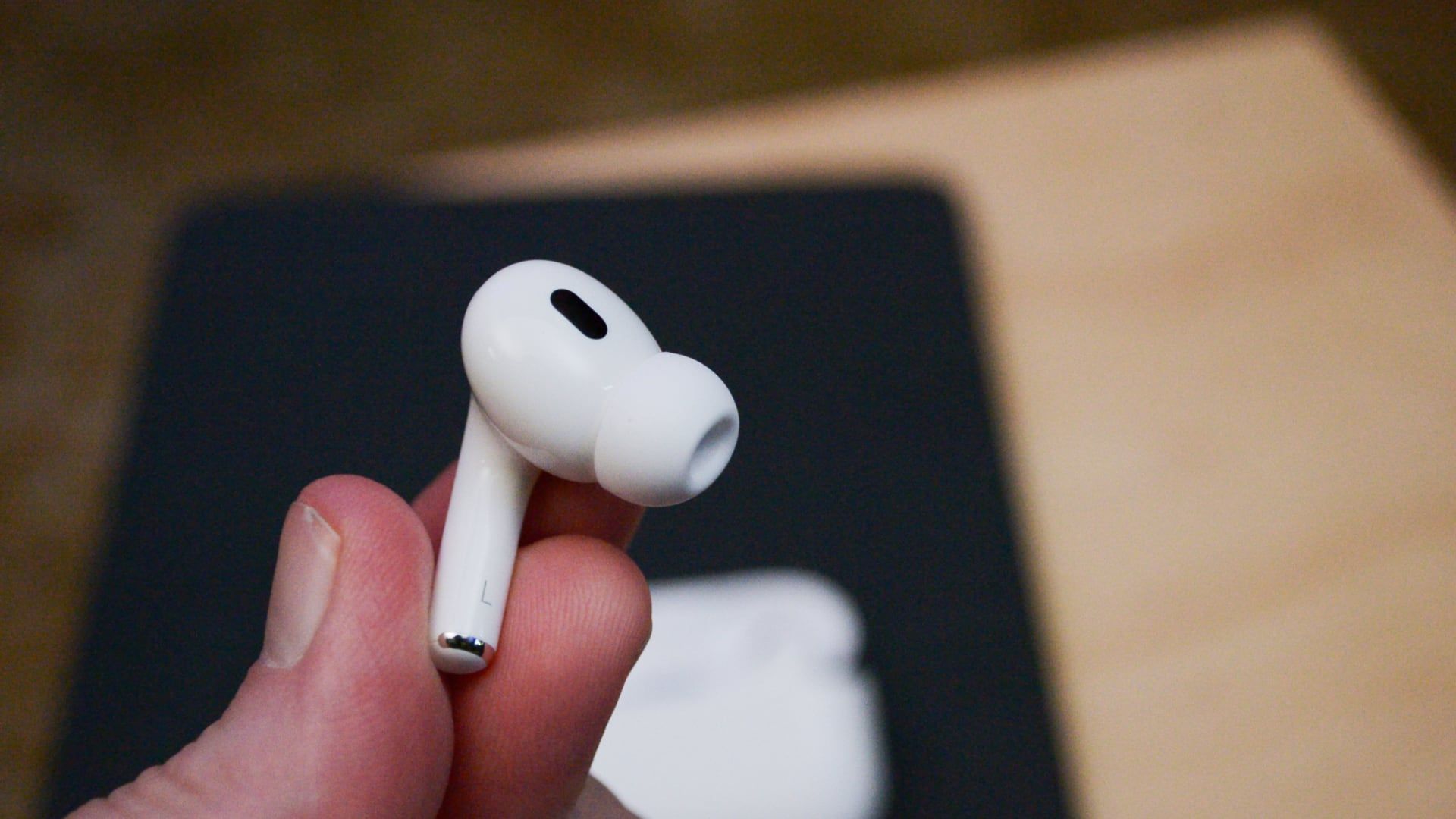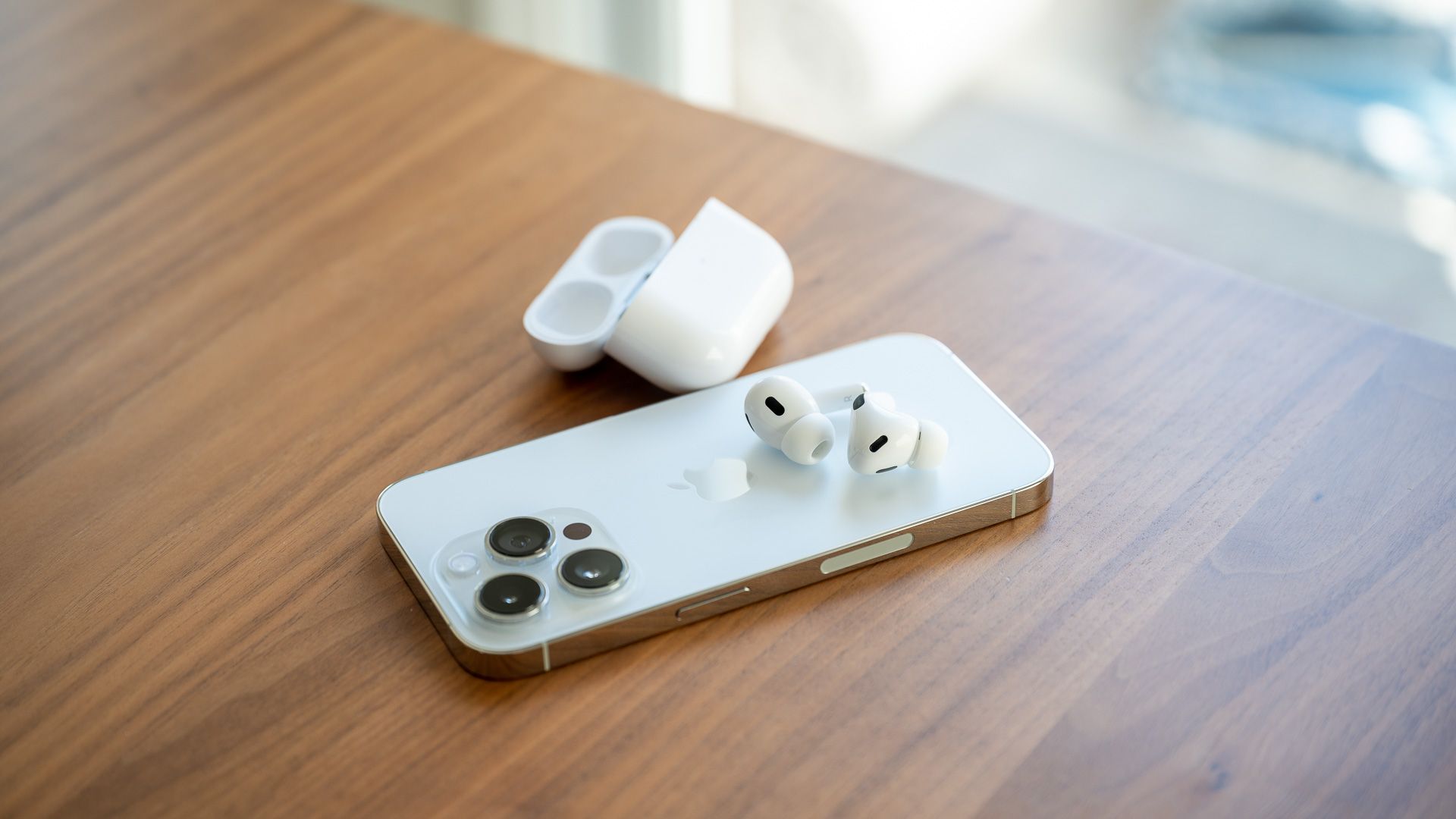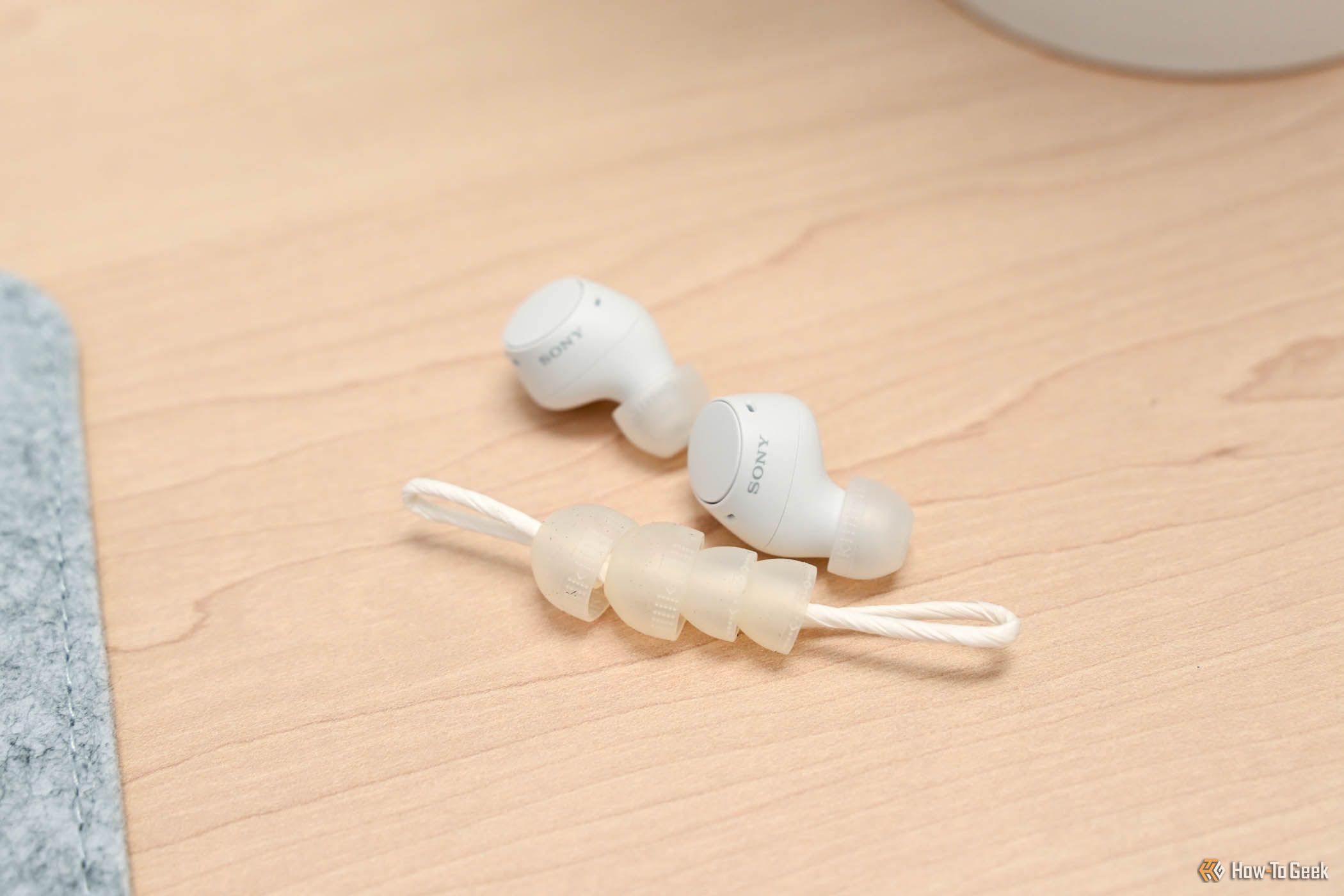Summary
- Ear tip fit tests can help you choose the best ear tip size for ideal sound and isolation performance.
- Fit tests detect sound leakage around ear tips to ensure a proper seal.
- Fit tests may help but may not be perfectly accurate, and are best combined with your own personal judgment.
If you’ve bought a new pair of earbuds and downloaded an accompanying app on your phone, you may have noticed an in-app ear tip fit test. Here’s what that is, how it works, and why fit matters.
What’s the Point of a Fit Test?
When you get a new pair of earbuds, you want to get to enjoy them as soon as possible. But the key to actually enjoying your earbuds is making sure they fit in your ears properly, of course. In comes the fit test, which helps you determine which ear tip size to use with your earbuds.
Having the right size ear tips on your earbuds is vital for getting the best sound quality, sound isolation, and, if applicable, best noise cancelling performance possible. Earbuds are so much more than just the drivers inside of them. Testing your fit and adjusting it accordingly ensures you get everything out of your earbuds that you can.
How, you may ask, does a software-based fit test tell you what you should be able to tell from feel and hearing alone? The answer is that, while your own senses will always be superior to anything your phone can ever tell you, ear tip fit tests are just an extra tool to confirm whether you’ve got sound leaking around the seal of your ear tips.

Apple AirPods Pro (2nd Generation)
$170 $249 Save
$79
How In-App Fit Tests Work
Ear tip fit tests generally employ the same technique. You initiate the test on your phone with your earbuds connected to the device, and the earbuds play a sound in your ear. Sound waves then enter your ear from the drivers, bounce around your ear canal, and should go down the canal to then be perceived as sound.
However, if your ear tips don’t quite fit your ears properly, sound will leak from around the ear tips when they’re in your ears. The microphones on the earbuds will then detect if there’s any sound leaking out from around the ear tips. If sound is leaking, you have a bad seal.
This seems like a pretty easy and foolproof way to test your ear tip fit on the surface, but getting the right fit is actually a lot more complicated than simply whether the mics pick up sound leakage or not. Again, it’s not the end-all be-all of fitting your earbuds properly, but rather a tool to help you figure it out.
Software-Based Fit Tests Aren’t Always Accurate
These in-app fit tests on your phone will usually be able to tell you if sound is leaking, though maybe not perfectly accurately if the fit is just a tiny bit loose. The test can definitely tell you if the small ear tips are way too small when you should be using the large ones, but it doesn’t really work the other way around.
Since the tests rely solely on detecting leakage, they can’t tell you if the ear tips are too big. For the small amount of time you’re doing a fit test, you may not notice much discomfort from wearing ear tips that are too big, especially if they’re only just slightly too big for your ears. A good fit isn’t just about keeping sound from leaking out, it’s also about comfort and long-term use. If you pass the ear tip fit test with large and medium ear tips and fail with small ones, that doesn’t really tell you whether you should be using medium or large ear tips. That will then come down to your own personal discretion.
Beyond that, fit tests can also improperly pass or fail if the microphone on the earbuds is blocked by debris, and software issues can cause faulty passes and fails as well.
The Importance of a Good Fit
Ear tips are supposed to seal your ear canal from the rest of the world, so you can have sound entering your ears from the drivers in your earbuds without sound leaking out. This not only ensures that you can hear every frequency properly and at the right volume, but also that outside sounds don’t get in. This is what passive sound isolation is, and it’s a big part of making the ideal earbud experience.
Noise canceling technology also relies on a good in-ear fit. The way noise cancelation works is by using anti-noise to cancel out the noise in your surroundings. If you have sound leaking in from poorly fit ear tips, you’re rendering it almost useless.
Fit is also about comfort. If your earbuds’ ear tips are too small, your earbuds will be falling out of your ears all day. If they’re too big, your ears are going to get sore pretty fast.
With a better understanding of how fit tests work and where they fall short, you can use them as a tool in your toolbox to get a better fit for your earbuds, alongside your own physical senses. A good fit makes music so much better, and gets you your money’s worth from your earbuds.

Related
The Best Wireless Earbuds of 2024
The best wireless earbuds offer excellent audio quality, noise cancellation, comfort, and a long battery life.








